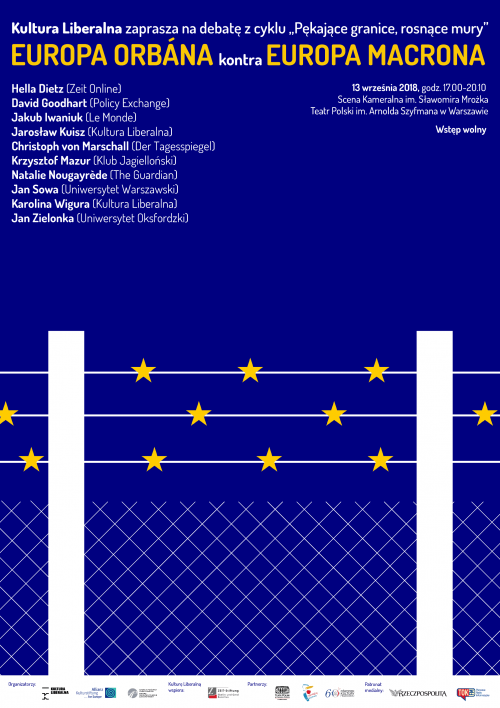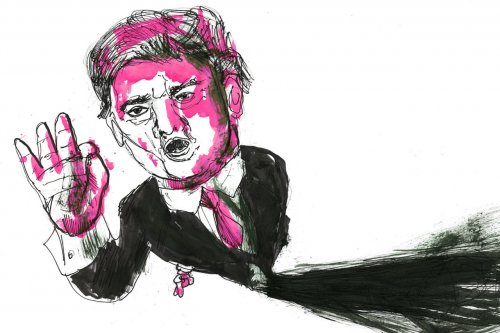 Since the mid-1990s, these processes have assumed a prominent place upon the world stage. Various countries including Algeria, Canada, Guatemala, Namibia, Nicaragua, South Africa, and Timor-Leste have enacted laws to heal divisions within their societies. Reconciliation commissions have been established in a number of countries including Ghana, Morocco, Nigeria, Peru, Sierra Leone, South Africa and Timor-Leste. Countries such as Australia, Fiji, Rwanda, and the Solomon Islands have created ministries of reconciliation.
Since the mid-1990s, these processes have assumed a prominent place upon the world stage. Various countries including Algeria, Canada, Guatemala, Namibia, Nicaragua, South Africa, and Timor-Leste have enacted laws to heal divisions within their societies. Reconciliation commissions have been established in a number of countries including Ghana, Morocco, Nigeria, Peru, Sierra Leone, South Africa and Timor-Leste. Countries such as Australia, Fiji, Rwanda, and the Solomon Islands have created ministries of reconciliation.
Generally speaking, reconciliation describes a process of coming together. However, the term carries a normative—almost moral—aspect as well. That is to say, reconciliation is the unification (or re-unification) of things destined to be together. In contrast to its less common relative—conciliation—reconciliation denotes the coming together of things that once were united but have been torn apart; a return to or recreation of the status quo ante, whether real or imagined. For many observers, reconciliation is exemplified by the question of how war-ravaged societies return to a modicum of normality after neighbours have endured and perpetrated against one another crimes of unspeakable inhumanity. It is a promise of a return to normalcy that renders it so appealing to transitional states. Implementing reconciliation programs necessitates the formulation of clear answers to highly complex inquiries, including the amount of focus on the past, the compatibility of reconciliation with justice and respect for human rights, the viability of forgiveness among erstwhile enemies, and so on. Each one of these questions, in turn, raises its own inquiries.
A stable society—particularly one in a heterogeneous state—is contingent on peaceful relationships among different social, ethnic, and political groups. In the wake of strife, reconciliation must be a prominent issue on the agenda of any new government so that once-warring groups will trust each other and work together. Finally, governments may promote reconciliation in response to popular demand or because the government sees the need for it. These are, after all, situations in which many people have fought tirelessly for the right to insist on peace and reconciliation.
Long-term and ongoing reconciliation, by contrast, requires an inclusive process that is accepted by once-divided people. It can transpire via words or actions but undone through one’s perceptions. Reconciliation can also be encumbered when nation building is neglected. It is fragile enough to be undermined by a single leader. It is reached as the result of a conscious step or simply in the presence at a commemoration event.
Given that individuals are the building blocks of society, population-wide trauma can hinder national reconstruction at every level. Thus, post-trauma national health is contingent upon broad individual healing. Governments can help promote such healing in a variety of ways. For example, governments can allay fears that surround these concerns through public assurances. Public statements demonstrate the state’s commitment to safety not only to victims but also to those who may wish to undermine it. The government can also promote physical safety, depending on the nature of the trauma from which individuals in the country are recovering.
In addition, post-conflict governments must foster individual reconciliation when personal trauma is so widespread as to be national in scope or effect. Failure to promote individual reconciliation can impede national reconciliation and reconstruction. Widespread individual healing, however, is difficult to achieve. It requires substantial of resources. It compels personalized assessment because individuals do not heal in the same way; indeed, some never heal entirely and others are not as accepting and tolerant of each other. Personality—which is partly made up of past events and trauma—is a key factor in determining to degree and scope to which reconciliation can occur. Other factors include perceptions of others—including perpetrators, witnesses, and innocent third parties, and their treatment of the survivor. Perhaps most importantly, is can be a challenge to discern the connection between national and individual reconciliation.
Achieving reconciliation is a process; not an event. It does not just happen today and last forever. It needs to happen every day. Reconciliation especially is a difficult process depending on the context of that particular place. And one event can overturn reconciliation easily.
Reconciliation is a long-term goal which requires deliberate, measured programs and processes. It is often viewed as a societal or individual issue, but there are many layers at which reconciliation can and does occur. It can occur on the personal level, between individuals, between groups, and even between nations or other international actors. The extent, to which reconciliation can be achieved, differs from society to society or in different nations. There are nevertheless different views on what can be achieved in divided societies. Critically, reconciliation can occur individually for a person by themselves or it can happen with others. It occurs as a result of collective action or because symbols are embraced. It can be brought about by a transition, by people coming together to vote or when the national team of a country wins an event.




